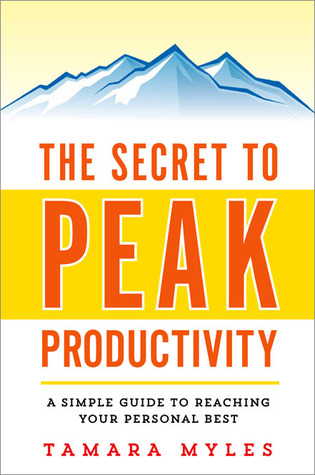As ye who follow this blog already know, I’m rewriting my first novel. It’s a manuscript I wrote one November as part of the National Novel Writing challenge—fifty thousand words in thirty days—all written by the seat of my pants.
Not surprisingly, it’s fifty thousand words that don’t add up to a solid plot.
After reading this plotless draft, I knew I had a lot of work ahead, but not a clue as to how to rewrite the mess. It had major problems, but I didn’t know specifically why.
The ship was sinking, and I was ready to bail.
Enter Blake Snyder.
Blake Snyder was a successful screenwriter who wrote Save the Cat!, Save the Cat! Goes to the Movies, and Save the Cat! Strikes Back! If there’s anyone who knows anything about plot, it’s a successful screenwriter.
“Save the Cat” is a term for the scene in the movie where, as Snyder puts it, “…we meet the hero and the hero does something—like saving a cat—that defines who he is and makes us, the audience, like him.”
Blake Snyder’s secret to a successful story.
Snyder realized that every great screenplay can be broken down into fifteen “beats.” These beats set up the story, force the hero to change, and propel the hero to the moment of win, lose, or draw. Without these beats, the screenplay lacks a spine, lacks a character arc, lacks a compelling story.
Each beat occurs at set points in the script, and Snyder pins it down to the specific pages, starting with the opening image, down to the final moment, with all the turning points in between. He even came up with a beat sheet that we can all use to “beat out” our story.
But what’s the story about?
Good question. If you haven’t nailed the answer, you can’t beat out the plot. Snyder gives clues to help writers narrow down the theme and then come up with a solid “logline” that sums up the story in one sentence. Once the writer has a grasp of the theme and the logline, it’s a matter of mapping out the beats, and breaking the beats into scenes.
At last! A map to the treasure!
Now I knew what to look for, and where to look. To plot my novel, I asked myself:
- Is the opening image opposite from the closing image?
- Is the theme stated on page X?
- Did I set up the hero’s world on pages X – XX?
- Is there a moment that changes that world, and a moment when the hero makes a conscious choice to change course?
- Is there a clear shift into Acts II and III?
- Do the “bad guys close in,” is there a “dark moment of the soul,” do I reveal a solution to stories A and B?
And so on…
I know, sounds like a lot to take in. But Snyder simplifies the process. He gives examples from real movies. I recommend that you do what I did: with beat sheet in hand, and some DVDs of movies in the genre you’re writing, map the beats. They’re all there, just like Snyder promised.
As I read Save the Cat!, light bulbs went off in my brain. All of this applies to novel writing! Just change the page numbers for each beat to match the number of pages in the novel I’m rewriting.
How?
Enter Jessica Brody.
On her site, she provides a template you can download for novelists. Fill in the number of words your novel will be, and the template automatically updates the page numbers to correspond with Blake Snyder’s fifteen beats.
But what if you’re a pantser, not a plotter?
As a seat-of-the-pants writer, am I selling out by following something that sounds formulaic? Here’s the way I look at it: a jazz musician improvises on a melody in a specific key; a dancer improvises based on the music. The form is the bowl that holds whatever recipe we dream up and whip together.
Just get the book!
I can’t recommend Save the Cat! highly enough. No matter where you are in the process of writing a novel or script—from first draft to rewrite—trust me, Blake Snyder is the guide you want for your journey.
In fact, buy all three books. Save the Cat! Goes to the Movies gives a complete breakdown of the fifteen beats for movies, by genre, for “every story ever told.” Save the Cat! Strikes Back! elaborates on the process of building scenes, and offers a slew of advice for when you get into trouble.



